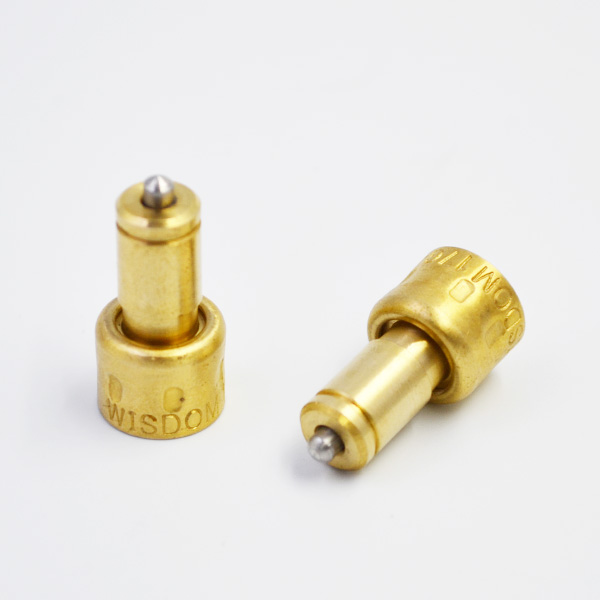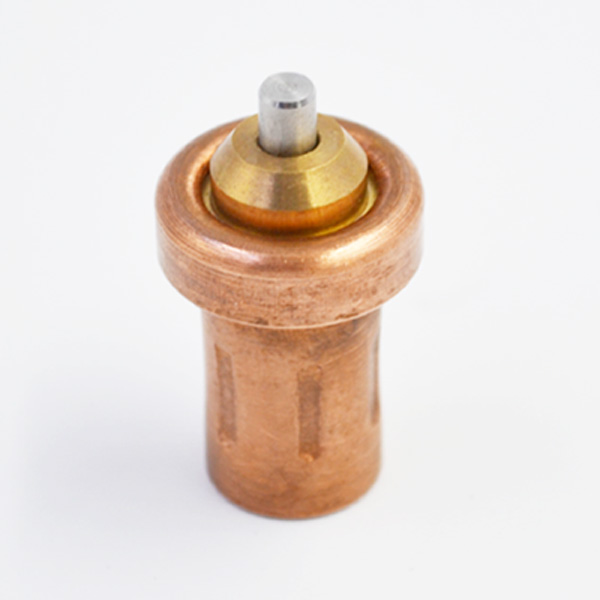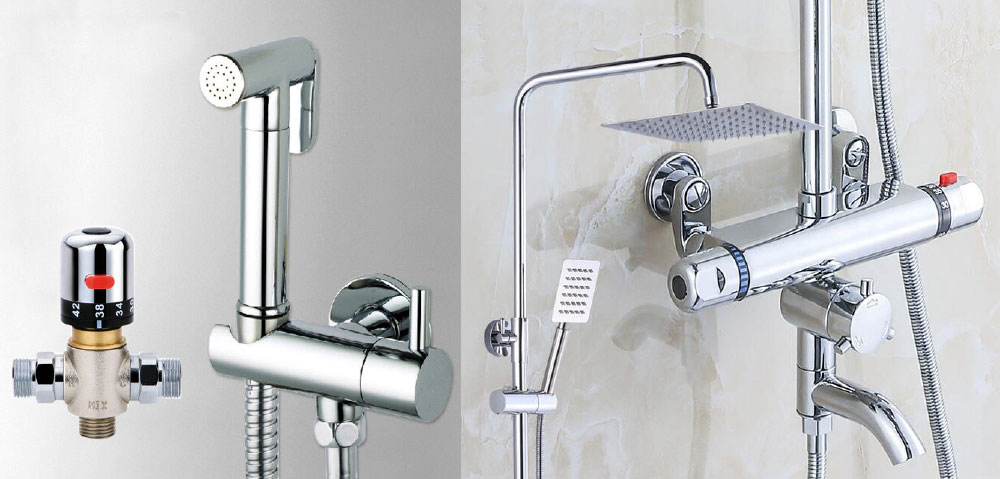With the development of social economy and science and technology, PLC (programmable logic controller) is more and more widely used in industry, especially in the field of electrical control. Through the analysis of the characteristics and control process of PLC, this paper explores the specific application and application prospect of PLC in the field of industrial electrical control, and then expands the scope of influence of PLC in the field of industrial production. Programmable controller is a new type of general automatic control device which integrates communication technology, automatic control technology and microelectronics technology. Compared with other types of industrial control systems, it has higher practicability, functionality and reliability, and is widely used in construction, mechanical manufacturing, electrical engineering and other fields. From the current data, PLC programmable control technology has been used more and more frequently in the fields of technological transformation, automation control, mechatronics and other fields of traditional industry, and has gradually formed a pillar industrial chain of modern industry. Therefore, discussing the operation process, control mode, system and characteristics of PLC and analyzing its application and development prospects in the field of electrical control will contribute to the innovation and development of programmable controller and the development of the whole automated and intelligent industrial model and its industrial chain. PLC is an electronic system specially used for industrial production and life, which operates and operates by digits. It mainly uses the memory which can program (including executing order control, logical operation, counting, timing, arithmetic operation, etc.) to output and input analog and digital, and further controls various mechanical operations and operations.
The process of industrial production. The PLC controller is designed and manufactured in accordance with the principle of mutual integration with industry and maximum expansion. It is a miniature computer. It mainly consists of basic I/0 port circuit, programming device, CPU, power supply, peripheral interface, memory and other components. The programmable controller operates in a cyclic scanning mode, in which the CPU continuously and uninterruptedly executes user tasks and programs (such as periodically centralized output, centralized sampling, etc.).
Its cycle can be divided into read-in, execution, processing communication requests, self-diagnostic testing and writing of CPU. The factors affecting the scanning speed (running speed and accuracy, etc.) include the type of PLC products and their internal machine word length, the type of CPU, the user’s program length, etc. Programmable controllers can be classified according to different standards, for example, according to their different structural forms, they can be divided into modular and integral structures; and according to their functions and I/0 numbers, they can be divided into large, small and medium-sized. Because the operation process of PLC controller and the execution of user program can be written directly into memory and output control through memory, it has the characteristics of flexible control, simple programming, variable program, convenient expansion, strong function, high cost performance, convenient use and strong flexibility.
Moreover, it is in the specific electrical. In the operation and control of mechanical operation, it also has the advantages of strong anti-interference ability, convenient maintenance, strong reliability, less workload in the design and construction of control system, and can basically meet the requirements of modern electrical industry for controllers (such as low energy consumption, light weight, small volume, etc.). The application of PLC controller is mainly embodied in logic control, motion control, process control, data processing, network control and so on. Logic control is derived from its stronger logic operation ability (compared with the results of ordinary controller), “non”, “or”. It can not only realize self-logic operation, but also be able to touch. In order to replace relay to realize combinational logic control, point and circuit are connected in parallel and in series.
Process control is to input variable analog quantities such as flow and temperature into analog I/0 module, on which digital quantities and analog quantities are converted into D/A and D and closed-loop PID (for controlled analog). Quantity), for example, the controlled quantity is calculated by differential or integral calculation method, written and output into the command and system of the whole control process according to a certain proportion, so as to form a single or multiple loop and closed feedback and control system; while building network control is the expansion of PLC controller in communication function, including Including the communication between PLC controller and other intelligent control equipment, multiple PLC controllers, remote I/0 and host computer, such as the communication between frequency converter and computer; the communication between PLC controller and other intelligent controllers can form a complete distributed control system, such as the use of programmable system for decentralized control of control variables. The process is managed in a unified and centralized way so as to understand and control the development of emergency information and events in a timely and centralized manner, and to reduce the unexpected accidents caused by the untimely updating and inadequate control of information.

From the point of view of current industrial environment and technical application environment, the development direction of PLC controller shows the trend of how far away and popularization, mainly towards multi-level and diversified directions of high performance, high integration, high speed, software, communication network, intelligence and modularization, especially in mechanical control of electrical engineering.
In the fields of production and other fields, there are more and more in-depth and wider road directions. In the actual electric control process, the control system based on PLC technology mainly includes FCS (field bus control system) and DCS (distributed control system). Among them, FCS control system is a kind of bus which uses field bus to interconnect various controllers, instruments and instruments, and transfers the control function to the field control systems (i.e. a bus circuit controlled by a master switch in parallel with other series lines).

It is mainly used for the related structure in the automation system and intelligent field equipment. Network communication between them, thermostatic element such as two-way transmission (realizing upstream and downstream transmission, i.
e. transmitting information from the front end to the user, and receiving information from the user to the front end), digital structure (a hierarchical structure, each level corresponds to a standard protocol), which has strong distributed network control and processing function and dynamic path. It can be divided into three parts: field environment, control node and INFRANET control network. The way of network communication is through this system to carry out multi-node, two-way and bus communication. DCS system includes computer technology, communication technology, control technology and other technologies. Technology as a whole is based on communication network. It consists of process monitoring level (the upper level of process control level, consisting of peripheral equipment and man-machine interface, etc.) and process control level (including settings and calculation settings), which includes operation processing, optimization control, centralized monitoring, report making, etc.
) and process control level (calculating each process by mathematical model). A multi-level computer system consisting of communication bus, display system, control system and so on, which manages, disperses and supervises the hazards. Display centralized control, and the use of specific communication networks to connect the production departments (including field monitoring stations, control stations, etc.), in order to facilitate the realization of decentralized control of the actual centralized processing, operation and management of the object. After the traditional relay, the application of PLC controller in the electric system mainly includes the logic control of switching quantity, the process control of analog quantity, the control between network and controller, among which the most typical is the operation control of motor (such as start, continuous operation, stop, time-sharing start, forward and reverse). In the operation control of this motor, the main control process is that the CPU can only process the level signal.

The industrial control computer is PLC. The level signal is input (its interface is directly connected with switches, sensors, buttons) and output (its interface is directly connected with indicators, solenoid valves, motors, contactors and other controlled objects) on the PLC controller. Direct connection) uses its powerful isolation and filtering function to realize the conversion between internal D/A and A/D and between external connectors. After analyzing the example of electrical control based on PLC technology, combining the advantages of PLC controller over traditional control components (such as relays), such as flexibility, flexibility, ease of use, diversification and networking, this paper discusses the bright prospects of PLC control in electrical control, which is conducive to the diversification of PLC control technology and network. The interconnection of the industrialized world will help to promote the process of automation, mechanization and intellectualization of industrial production and the adjustment and expansion of its industrial chain, thus promoting the cycle, green and healthy development of the economy.
